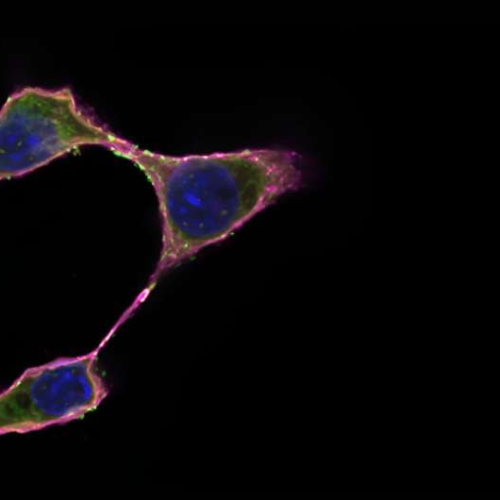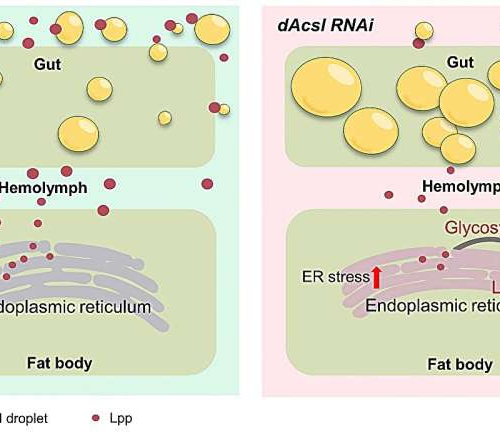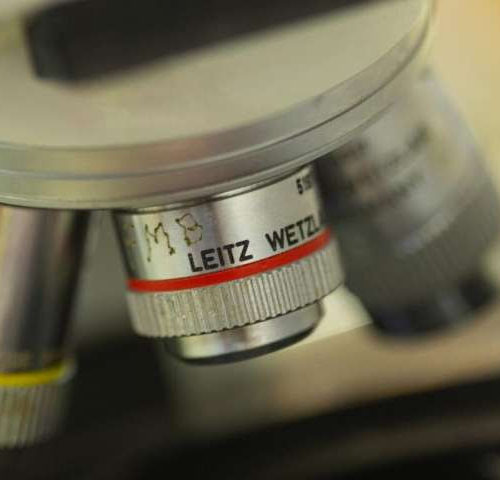September 9, 2024 by Katherine Fenz, Rockefeller University Glycosphingolipids (in pink, via Cholera Toxin B) are so critical for cancer immune evasion that certain cancer cells cannot proliferate without it. Credit: Rockefeller UniversityCancer cells seldom start off stealthy. Quite to the contrary, they announce their presence to the immune system by planting chemical red flags...
Tag: <span>lipids</span>
Lipid traffic jam: Scientists reveal how dAcsl orchestrates lipid transport in Drosophila
by Higher Education Press Working model for the role of dAcsl in the regulation of circulating lipoprotein level. Credit: Jie Li, Yue Dong, Tianxing Zhou, He Tian, Xiahe Huang, Yong Q Zhang, Yingchun Wang, Sin Man Lam, Guanghou ShuiInterorgan lipid transport is crucial for organism development and the maintenance of physiological function. Drosophila long-chain acyl-CoA...
New study sheds light on the link between lipids and cholelithiasis
Peer-Reviewed Publication FIRST HOSPITAL OF JILIN UNIVERSITY IMAGE: ASSOCIATIONS OF SERUM LIPIDS WITH CHOLELITHIASIS FROM MENDELIAN RANDOMIZATION. (A) CAUSAL EFFECTS OF GENETICALLY−LOWERED LIPIDS ON CHOLELITHIASIS. (B) RESULTS OF MULTIVARIABLE MENDELIAN RANDOMIZATION ANALYSIS. (C) RESULTS OF NONLINEAR MENDELIAN RANDOMIZATION ANALYSIS.view more CREDIT: BY CHEN L, QIU W, SUN X, ET AL. A new study published in...
Researchers explain how lipids can control immune response
by King’s College London Credit: CC0 Public Domain When we consume fats (also called lipids) in our diet, they can be metabolized or stored to provide energy for the body. But they are also involved in regulating the genes expressed within—and the signaling between—cells. Lipids influence how our cells behave and function, which affects many...
New findings of an enzyme that breaks down lipids
Researchers at Karolinska Institutet recently published a study in NPJ Biofilms and Microbiomes, that describes the findings of an enzyme that breaks down lipids. In nature, microorganisms including bacteria display different shapes. Escherichia coli, a rod-shaped commensal bacterium of the human gut, can readily alter its shape upon exposure to stress. Upon many occasions, E. coli stalls cell division...
Seeing lipids more deeply with mass spectrometry
TOKYO MEDICAL AND DENTAL UNIVERSITY VIDEO: SEEING LIPIDS MORE DEEPLY WITH MASS SPECTROMETRY CREDIT: PROFESSOR TAKEHIKO SASAKI, TMDU The development of new scientific ways to see more deeply into the building blocks of nature on a cellular level has led to the some of the greatest advances in medicine over the last century. Now, new...
How lipids distribute proteins within cells
UNIVERSITY OF SEVILLE An international team of scientists, coordinated by the Seville Institute of Biomedicine (IBiS) and the University of Seville has solved one of the hitherto unresolved enigmas of basic biology: how exactly do lipids distribute proteins within a cell? To do this, they used a new, completely innovative microscopy technology, which they applied...
Excess lipids in nerve cells may trigger Parkinson’s disease
Researchers have discovered an imbalance in the amounts of fatty molecules called lipids inside the brain cells of people with Parkinson’s disease. A buildup of lipids in nerve cells may cause inflammation. Parkinson’s disease is a movement disorder that gets progressively worse over time. The death of dopamine-producing nerve cells in the substantia nigra region of...
New study may reveal link to lipids playing a key role in Parkinson’s disease
by McLean Hospital Researchers in the Neuroregeneration Institute are making strides in Parkinson’s disease research. In a novel research study conducted by a team from the Neuroregeneration Institute at McLean Hospital, investigators believe they have found key brain cell type changes involving lipids, inflammation, and the development of Parkinson’s disease (PD). Their findings appear in the current issue...







